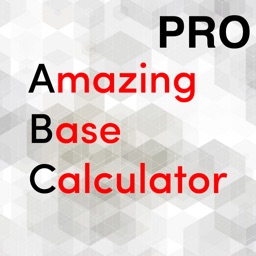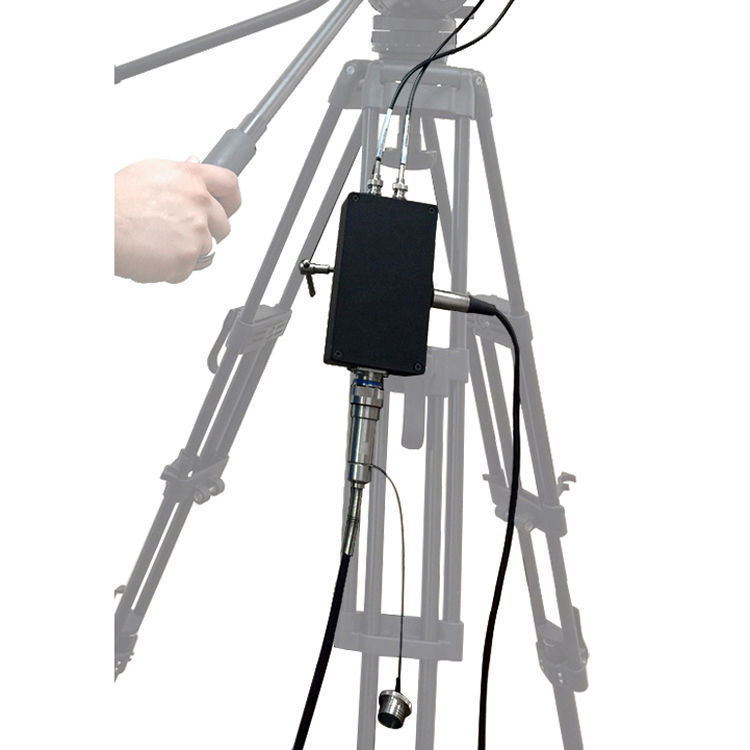Base Converter and Calculator Pro Another base converter!? This app doesn’t just convert between common bases, but allows conversion across any of the bases between 2 and 36. Converter Pro 5. Full Price: $59.99 SAVE $30 Offer ends April 28th, 2021 Learn More. ACDSee Video Converter 5. Full Price: $39.99.

Download Base Converter Pro and enjoy it on your iPhone, iPad, and iPod touch. This app converts numbers from decimal numeral system to binary, hexadecimal, octal and vice versa. Accepted values are floating point numbers between 0 and 2^31-1 (base ten). V2VPRO is an interlaced video to progressive video up-scaling converter with 3:2 pull down film mode and 2:2 pull down graphic mode. Nissan s15 airbag resetfasrweek. It takes NTSC/PAL/SECAM or MPEG video signals and converts them into progressive for direct display on progressive TV, VGA monitor or projectors.
Unit Converter Express Version
Unit Converter, Temperature Converter, Weight Converter, Time Converter, Length Converter, Area Converter, Volume Converter
Find the Units to Convert
Common Conversions
Unit Converters — Full Versions

Common Converters | |
Engineering ConvertersHeat ConvertersFluids convertersLight converters | Electricity ConvertersMagnetism convertersRadiology convertersOther Converters |
A unit is a measurement of a quantity that is defined or adopted by tradition or law. Other quantities can be expressed as a multiple of the unit.
In human history, various unit systems were developed and used in different regions and cultures. Currently, the global standard of measurement is the International System of Units (SI), which is a modern form of the metric system. Although SI is intended for global use, it has not been fully adopted, and some other systems of measurement are still used in parts of the world.
The intent of this site is to provide a convenient means to convert between the various units of measurement within different systems, as well as to provide a basic understanding of the systems currently in use, and how they interact. Refer to the Common Unit Systems page for further information. Download trials de nations 2012 free.
Number Base Converter Program
About
Meet Base64 Decode and Encode, a simple online tool that does exactly what it says: decodes from Base64 encoding as well as encodes into it quickly and easily. Base64 encode your data without hassles or decode it into a human-readable format.Base64 encoding schemes are commonly used when there is a need to encode binary data, especially when that data needs to be stored and transferred over media that are designed to deal with text. This encoding helps to ensure that the data remains intact without modification during transport. Base64 is used commonly in a number of applications including email via MIME, as well as storing complex data in XML or JSON.
Advanced options
Base Converter With Steps
- Character set: Our website uses the UTF-8 character set, so your input data is transmitted in that format. Change this option if you want to convert the data to another character set before encoding. Note that in case of text data, the encoding scheme does not contain the character set, so you may have to specify the appropriate set during the decoding process. As for files, the binary option is the default, which will omit any conversion; this option is required for everything except plain text documents.
- Newline separator: Unix and Windows systems use different line break characters, so prior to encoding either variant will be replaced within your data by the selected option. For the files section, this is partially irrelevant since files already contain the corresponding separators, but you can define which one to use for the 'encode each line separately' and 'split lines into chunks' functions.
- Encode each line separately: Even newline characters are converted to their Base64 encoded forms. Use this option if you want to encode multiple independent data entries separated with line breaks. (*)
- Split lines into chunks: The encoded data will become a continuous text without any whitespaces, so check this option if you want to break it up into multiple lines. The applied character limit is defined in the MIME (RFC 2045) specification, which states that the encoded lines must be no more than 76 characters long. (*)
- Perform URL-safe encoding: Using standard Base64 in URLs requires encoding of '+', '/' and '=' characters into their percent-encoded form, which makes the string unnecessarily longer. Enable this option to encode into an URL- and filename- friendly Base64 variant (RFC 4648 / Base64URL) where the '+' and '/' characters are respectively replaced by '-' and '_', as well as the padding '=' signs are omitted.
- Live mode: When you turn on this option the entered data is encoded immediately with your browser's built-in JavaScript functions, without sending any information to our servers. Currently this mode supports only the UTF-8 character set.
Safe and secure
All communications with our servers come through secure SSL encrypted connections (https). We delete uploaded files from our servers immediately after being processed and the resulting downloadable file is deleted right after the first download attempt or 15 minutes of inactivity (whichever is shorter). We do not keep or inspect the contents of the submitted data or uploaded files in any way. Read our privacy policy below for more details.
Completely free
Our tool is free to use. From now on, you don't need to download any software for such simple tasks.
Details of the Base64 encoding
Base64 is a generic term for a number of similar encoding schemes that encode binary data by treating it numerically and translating it into a base-64 representation. The Base64 term originates from a specific MIME-content transfer encoding.
Design
The particular choice of characters to make up the 64 characters required for Base64 varies between implementations. The general rule is to choose a set of 64 characters that is both 1) part of a subset common to most encodings, and 2) also printable. This combination leaves the data unlikely to be modified in transit through systems such as email, which were traditionally not 8-bit clean. For example, MIME's Base64 implementation uses A-Z, a-z, and 0-9 for the first 62 values, as well as '+' and '/' for the last two. Other variations, usually derived from Base64, share this property but differ in the symbols chosen for the last two values; an example is the URL and filename safe 'RFC 4648 / Base64URL' variant, which uses '-' and '_'.
Example
Here's a quote snippet from Thomas Hobbes's Leviathan:
'Man is distinguished, not only by his reason, but ..'
Base Converter Program
This is represented as an ASCII byte sequence and encoded in MIME's Base64 scheme as follows:TWFuIGlzIGRpc3Rpbmd1aXNoZWQsIG5vdCBvbmx5IGJ5IGhpcyByZWFzb24sIGJ1dCAuLi4=
In the above quote the encoded value of Man
Base Converter Calc
is TWFu. Encoded in ASCII, the letters 'M', 'a', and 'n' are stored as the bytes 77, 97, 110, which are equivalent to '01001101', '01100001', and '01101110' in base-2. These three bytes are joined together in a 24 bit buffer producing the binary sequence '010011010110000101101110'. Packs of 6 bits (6 bits have a maximum of 64 different binary values) are converted into 4 numbers (24 = 4 * 6 bits) which are then converted to their corresponding values in Base64.

| Text content | M | a | n | |||||||||||||||||||||
|---|---|---|---|---|---|---|---|---|---|---|---|---|---|---|---|---|---|---|---|---|---|---|---|---|
| ASCII | 77 | 97 | 110 | |||||||||||||||||||||
| Bit pattern | 0 | 1 | 0 | 0 | 1 | 1 | 0 | 1 | 0 | 1 | 1 | 0 | 0 | 0 | 0 | 1 | 0 | 1 | 1 | 0 | 1 | 1 | 1 | 0 |
| Index | 19 | 22 | 5 | 46 | ||||||||||||||||||||
| Base64-encoded | T | W | F | u | ||||||||||||||||||||
As this example illustrates, Base64 encoding converts 3 uncoded bytes (in this case, ASCII characters) into 4 encoded ASCII characters.
